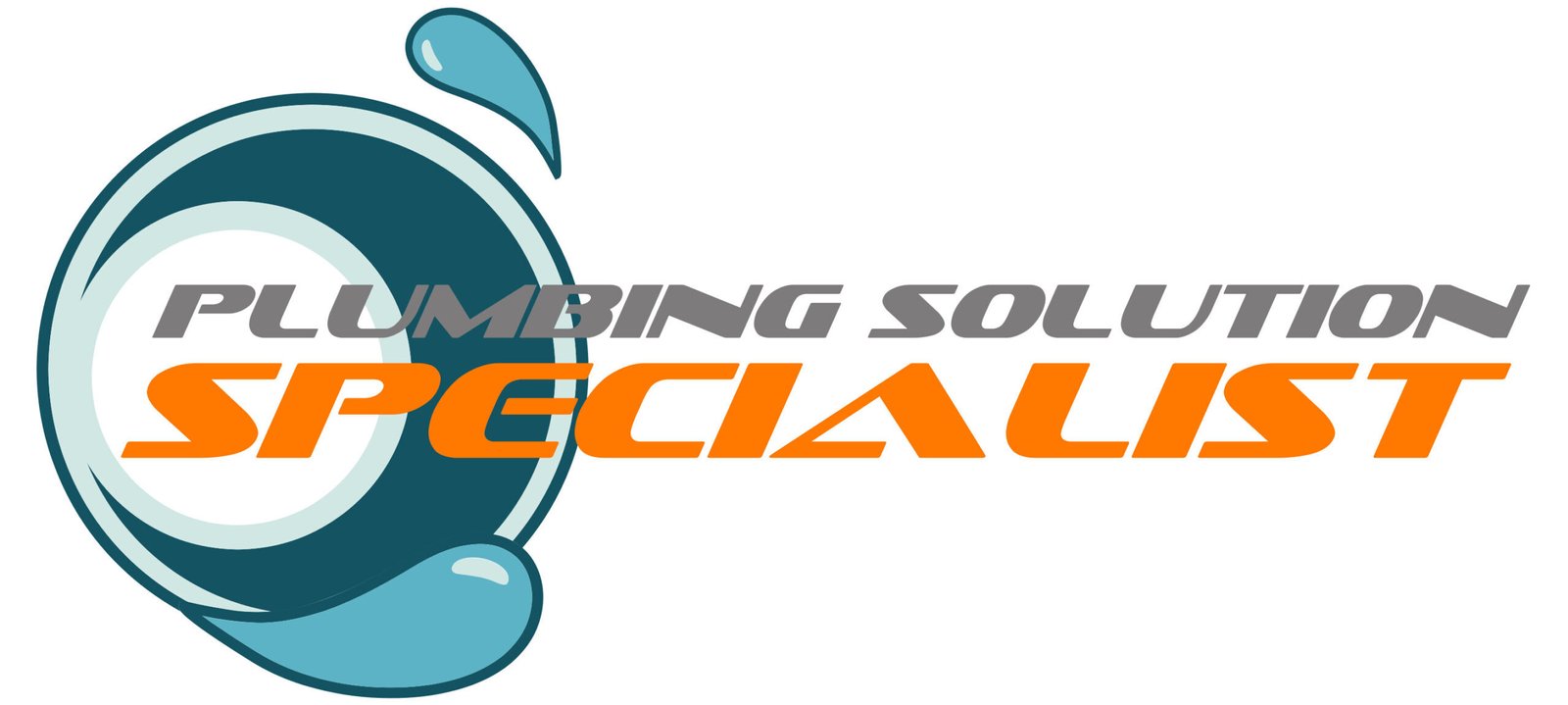Understanding The Average Cost To Repipe A Home – Factors To Consider Before Starting The Project

You may be considering repiping your home, but before you look into the project, understanding the average cost and factors to consider is crucial. From material choices to labor expenses, this informative guide will break down the key components that contribute to the overall cost of repiping a home. By the end, you will have a better grasp of what to expect financially and how to plan effectively for this significant home improvement project. Key Takeaways: Material Costs: The type of piping material used can significantly impact the overall cost of repiping a home. Size of the Home: The square footage of the home and the number of fixtures being replaced will affect the total project cost. Labor Costs: Labor costs, including the complexity of the installation and the location of the home, should be carefully considered when budgeting for a repiping project. The Average Cost of Repiping a Home National Averages Average cost to repipe a home varies based on several factors, such as the size of the house, the number of bathrooms, and the materials used. The average cost can range from $2,500 to $15,000 or more, depending on these variables. A smaller home with fewer bathrooms will generally cost less to repipe compared to a larger house with multiple bathrooms. Factors Affecting Cost The cost of repiping your home can be influenced by several key factors. One of the primary factors is the size of your home – larger homes will generally cost more to repipe than smaller ones. Additionally, the age of your home and the type of plumbing material used can impact the overall cost of the project. Material: The type of pipes you choose, such as copper or PEX, can affect the cost of the project. Copper pipes are more expensive but have a longer lifespan, while PEX is more affordable but may need to be replaced sooner. Extent of Damage: If there is extensive damage to your current plumbing system, the cost of repiping may increase significantly. Location: The location of your home can also impact the cost, as labor rates and material costs vary by region. Any unexpected issues that arise during the repiping process can also add to the final cost. Material Choices and Their Impact on Cost Even before you start the repiping process, it’s crucial to consider the materials that will be used. Different pipe materials have varying costs and can significantly impact the overall cost of the repiping project. To learn more about the different types of materials and their impact on costs, check out Everything You Need To Know About Repiping A House. Copper Piping Piping made of copper is a popular choice due to its durability and longevity. While copper piping is more expensive upfront, it has a proven track record of performance and can last for decades without needing replacement. The initial investment in copper piping may be higher, but the long-term savings from not having to replace pipes frequently can make it a cost-effective option. PEX Piping Material choice plays a significant role in determining the overall cost of repiping your home. PEX piping is a more budget-friendly alternative to copper. It is a flexible plastic material that is easier and quicker to install, reducing labor costs. PEX piping is also resistant to corrosion and can expand without bursting, making it a durable and cost-effective option for repiping projects. Understanding the pros and cons of each material can help you make an informed decision based on your budget and long-term goals for your home’s plumbing system. Galvanized Piping The use of galvanized pipes was common in older homes, but they pose several issues that may increase the overall cost of repiping. The appeal of galvanized piping lies mainly in its low upfront cost; however, over time, these pipes are prone to corrosion and rust, leading to reduced water pressure and potential leaks. It is important to consider the long-term maintenance and replacement costs associated with galvanized piping when deciding on the best material for your repiping project. Size and Complexity of the Home Your home’s size and complexity are crucial factors that can significantly impact the cost of repiping. Various aspects such as the number of bathrooms and fixtures, square footage, layout, and whether your home is multi-story or single-story all play a role in determining the average cost to repipe a home. Number of Bathrooms and Fixtures An important factor to consider when determining the cost to repipe your home is the number of bathrooms and fixtures you have. More bathrooms and fixtures mean more pipes that will need to be replaced, which can increase the overall cost of the repiping project. Additionally, the complexity of the plumbing system in each bathroom, such as whether you have a shower, bathtub, or multiple sinks, can impact the cost as well. Square Footage and Layout Number of bathrooms and fixtures is one consideration, but the square footage and layout of your home also play a crucial role in the cost of repiping. Larger homes will require more piping, increasing the overall cost of materials and labor. The layout of your home, including the distance between plumbing fixtures and the main water line, can also impact the complexity of the project. It’s crucial to consider these factors when estimating the average cost to repipe your home. A larger home with a complex layout and multiple bathrooms will likely require more materials and labor, resulting in a higher overall cost for the repiping project. Multi-Story vs. Single-Story Homes With respect to the layout of your home, whether it is multi-story or single-story can have a significant impact on the cost to repipe. Multi-story homes require additional considerations such as running pipes through multiple levels, which can increase the complexity of the project. This added complexity may lead to higher costs due to the additional labor and materials required for a multi-story repiping project. Understanding the implications of the layout of your home is crucial when
